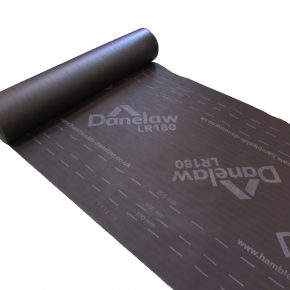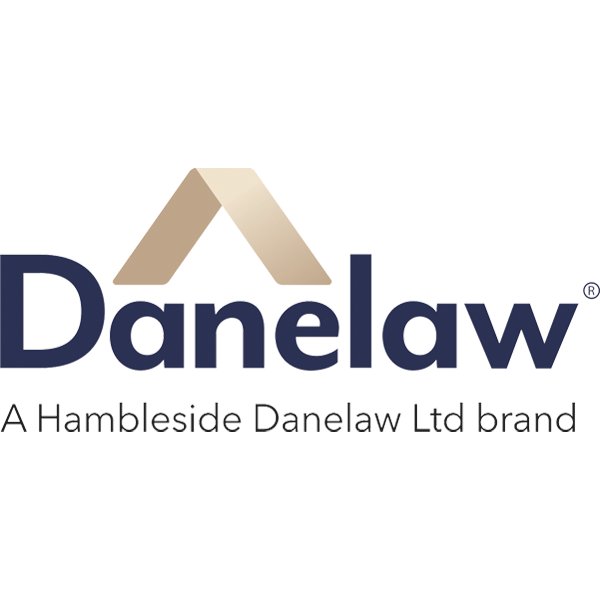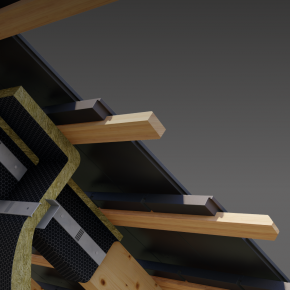
Hambleside Danelaw – Management of Moisture in Buildings
The end of July saw more than the summer holidays beginning – it also heralded a full revision of BS 5250:2016. The new document, BS 5250:2021, recognised buildings are under increasing strain from moisture for two main reasons. These are climate change and the desire for energy conservation; Hambleside Danelaw explains more…
Just in this last year, there have been numerous occurrences of heavy rain, flooding, storms, and even snow in March. This means the resistance to water ingress at the roof level will needs to match the increased pressures associated with more extreme and persistent weather.

The revised standard addresses the issue of additional moisture-related issues, such as…
– high humidity levels
– roof leakages
– rain incursion.
It covers all states of water, as liquid, gas, and solid as well as the interactions between these states of water in the building. The standard refers to all buildings, whether new or existing, domestic and non-domestic, from construction to occupancy.
As well as being restructured for more cohesion and clarity, the revised BS 5250:2021 standard considers the combined impact of individual methods of moisture control, rather than discussing them in isolation.
In 2017, BSI released a whitepaper: ‘Moisture in Buildings: an integrated approach to risk assessment and guidance’. This whitepaper influenced the latest iteration of BS 5250 in that both technical documents recognise the difference between the expected performance of a building in the design stage compared to the actual performance in the completed build. This difference could be attributed to faults made during construction, excess moisture generated during the building’s normal use, or residual moisture from the development process.
Key Takeaways Related to Roofing
– Focus on the junctions between building parts (thermal bridges), which includes the eaves. They are at a higher risk of condensation due to the presence of cold surfaces.
– More emphasis on roofing components and the problems of moisture, as well as specific, clear guidance for cold pitched roofs.
- This includes describing the role of air permeable roofing membranes and clear guidance when using low resistance underlays, as well as how they can help provide suitable ventilation in the roof space.
- Rooflights and ensuring good quality workmanship in the detailing around these features is also included.
– Details calculation methods for assessing the risk of moisture in the roof for pitched and flat roofing.
– Stresses the importance of ensuring air tightness in cold roof voids to prevent the ingress of moisture-laden air.
Despite these expansions and additions, a vast majority of the guidance from the previous version, BS 5250:2011+A1:2016, is still applicable to building developers and designers.
Hambleside Danelaw’s Roofing Solutions
Danelaw manufacture a wide range of pitched roofing ancillaries, many for roof ventilation. The company can answer your questions regarding products and how they can help comply with the recommendations of BS 5250.
To explore the range of products take a look at Hambleside Danelaw’s website. You can also get in touch at [email protected]
Have you heard about the new Hambleside Danelaw Hub? Click here to find out more.
Hambleside Danelaw Limited
Long March,
Daventry,
Northamptonshire,
N11 4NR,
UK
T: +44 (0) 1327701900
F: +44 (0) 1327701909
Sales and Distribution:
E: [email protected]
Marketing:
E: [email protected]
Technical:
E: [email protected]
Visit Supplier's page
Latest news

15th May 2024
ROCKWOOL® announces launch of new Fire Barrier EN
To help designers and specifiers improve building fire safety, stone wool insulation manufacturer ROCKWOOL® has launched a new fire barrier product that is tested in accordance with the latest BS EN standards.
Posted in Articles, Building Industry News, Building Products & Structures, Building Regulations & Accreditations, Building Systems, Concrete, Cement, Admixtures, Drainage, Guttering, Soffits & Fascias, Health & Safety, Heating Systems, Controls and Management, Heating, Ventilation and Air Conditioning - HVAC, Innovations & New Products, Insulation, Pipes, Pipes & Fittings, Plumbing, Retrofit & Renovation, Timber Buildings and Timber Products, Walls
15th May 2024
Keller Factory Director explains key to the Group’s success
This article sees Jeffrey Carol, Keller’s Factory Director, answer questions about how the company’s operation functions and his unusual path to the top of his game…
Posted in Articles, Building Industry News, Building Products & Structures, Building Services, Facility Management & Building Services, Interior Design & Construction, Interiors, Kitchens, Plant, Equipment and Hire, Posts, Restoration & Refurbishment, Retrofit & Renovation, Sustainability & Energy Efficiency
15th May 2024
ASSA ABLOY meets energy efficiency challenges in Dubai
Commercial enterprises of every size and type, all over the world, face a common challenge: innovating how and where they do business so they can face the future with greater environmental responsibility. ASSA ABLOY has long been recognised as an innovator in access solutions, with a range of inventive products around the door and access management which can improve buildings’ sustainability performance.
Posted in Access Control & Door Entry Systems, Architectural Ironmongery, Articles, Building Industry News, Building Products & Structures, Building Services, Case Studies, Doors, Facility Management & Building Services, Health & Safety, Innovations & New Products, Retrofit & Renovation, Security and Fire Protection, Sustainability & Energy Efficiency, Video of the Week
14th May 2024
New Technical Committee Chairman At Rooflight Association
Paul Smith, Head of Product and Application Development at Brett Martin Daylight Systems, has been appointed Chair of The Rooflight Association’s influential Technical Committee.
Posted in Articles, Building Associations & Institutes, Building Industry News, Building Products & Structures, Building Services, Facility Management & Building Services, Lighting, Recruitment, Roofs, Windows
 Sign up:
Sign up: